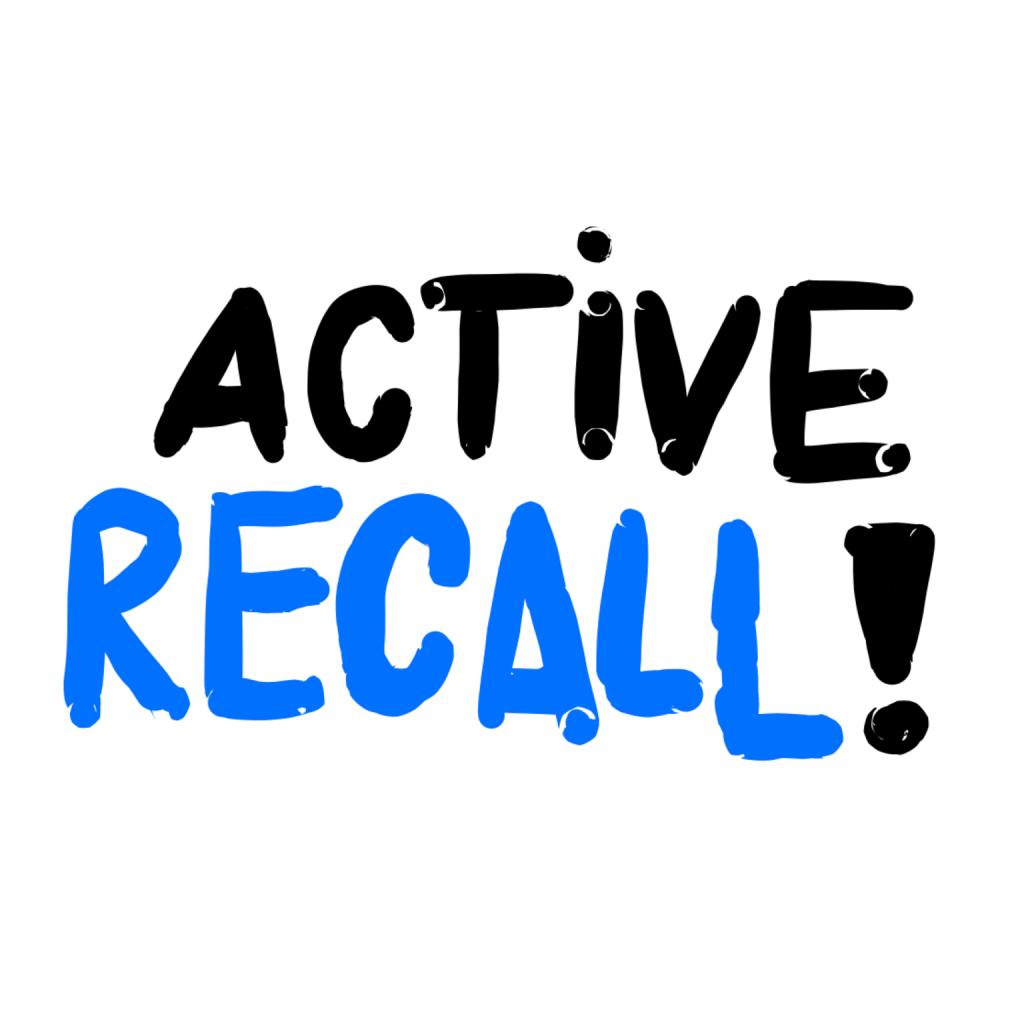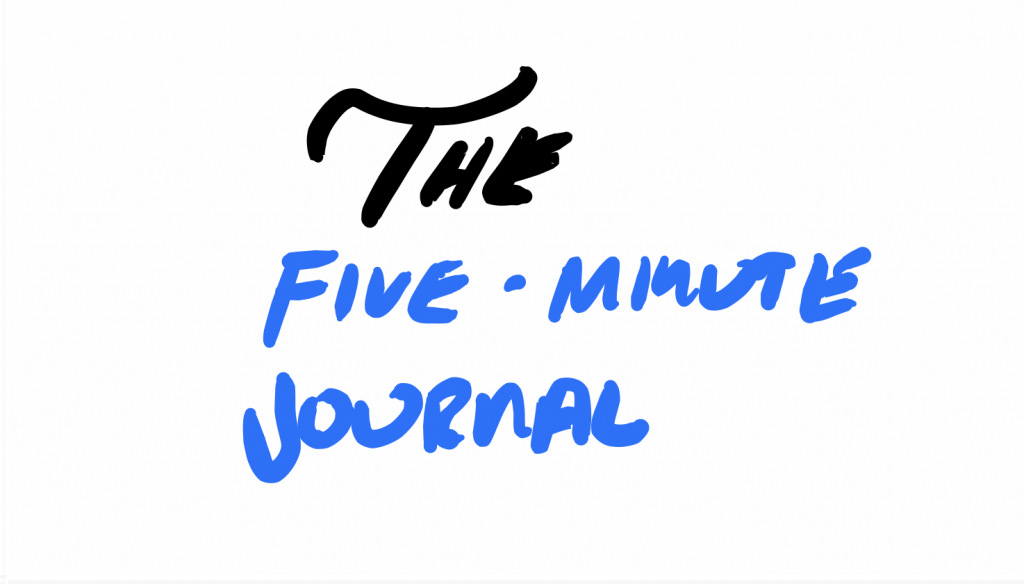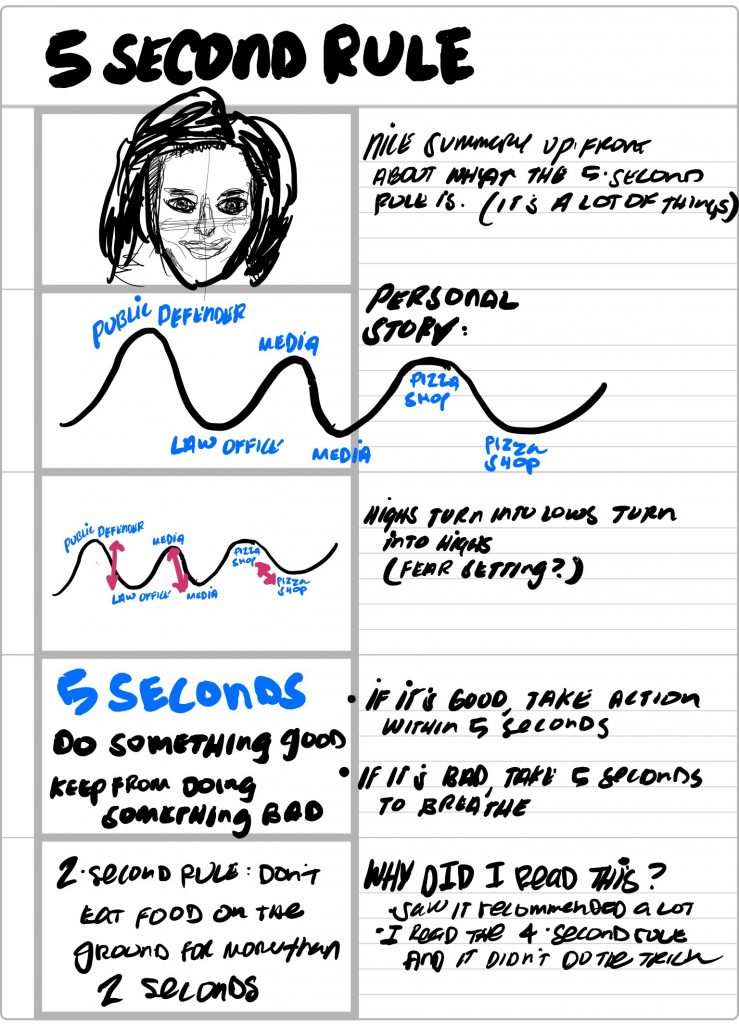We aren’t close to peak condition on any of the four pillars described in Wired to Eat: food, fitness, sleep, and community. But we can still talk about it!
00:00:00 • Intro: four pillars of health starting with food
00:13:20 • Fitness
00:21:49 • Sleep
00:31:22 • Community
Below is a post I wrote earlier this year about Robb Wolf’s book, Wired to Eat.
After reading Tools of Titans earlier this year, I wanted to prioritize my health. If I really want to prioritize health, my daily choices should go toward that. Including media consumption. I’m trying to read and listen to less about productivity/career/business and more about fitness/nutrition/meditation.
A great place to start is Robb Wolf’s latest book, Wired to Eat: Transform Your Appetite and Personalize Your Diet for Rapid Weight Loss and Amazing Health. It builds on guidelines he popularized in The Paleo Solution.
Wired to Eat is about finding out what works for you. In his podcast appearances, he says he used lean closer to there being One True Way. But he saw more and more that the answer was often “it depends”.
The best I’ve felt was when I was eating around 80-90% paleo. Then I tried white rice out and seemed to digest it pretty well. It became part of my mental model of paleo. Then things got off the rails because I can eat a lot of rice, and I did.
White rice is my best example of “it depends”. I can digest it well, but now I know it’s something I’ll eat way too much of.
Wired to Eat has a great chapter looking beyond nutrition. Your food is one pillar of four. The other three are movement, sleep, and community.
Move move move
Nutrition and fitness go hand in hand. Here are some guidelines from Wired to Eat:
Most days: Get out and move. As much as you can, doing as many things as you can. You don’t need to exhaust yourself. Make it fun and “leave a little in the tank” so you are not so tired and sore that you either do nothing for a week or give up entirely.
I’ve been walking more. I’ve tried different activities while walking to make walking without a destination an activity itself. When there is a destination, the walks feel shorter and are more enjoyable.
I re-joined my old gym because it’s the nicest gym I’ve been a part of. It’s not a chore to go there. I sit in the sauna as a reward for lifting weights. They have basketball courts so I enjoy shooting around once in a while. Once in a while I play pick-up. (And am sore for a longer while.)
I’m trying to work yoga back into my schedule because it’s hard, I learn a lot each time, but it also lets me keep something in the tank.
I’m trying a lot of things to find a lot of things I enjoy so that I’ll move more.
Eight hours is good, but you can do more
I’ve generally been pretty good with sleep. We have blackout curtains the bedroom, I have blue blocker goggles, I spray myself with magnesium after a shower at night (learned that from Shawn Stevenson’s Sleep Smarter), I have apple cider and honey before sleep, and on and on.
Im doing a lot of small things but miss a big one: I often don’t sleep early enough. From Wired to Eat:
You may think sleeping midnight to eight A.M. is as good as ten P.M. to six A.M., but studies show this is not the case.
I’m going to work on this. I know 10:00am might not be realistic, but my goal is usually midnight which often means 12:30am or 1:00am. Shooting for 10:45pm will work well.
Make some friends
From Wired to Eat:
Some are pretty active, others less so, but the key point is that you like the activity and enjoy the community: yoga, martial arts, CrossFit, a walking or running group, an art class, a language class, volunteer work, etc. I don’t know what the right fit is for you, but I strongly encourage you to find ways to improve your social connectivity.
I want to apply this in some way and have been trying a few different things. I’ve mentioned that I started doing yoga. I haven’t gone back to the studio in a while (my ClassPass subscription ended). I tried Brazilian Jiu-Jitsu a couple times. I’m still trying it out to see if it’s something I want to keep trying out long term.
That might be hard to find, but it might be worth the search.
I took a few yoga classes earlier this year. I’ve taken CrossFit. I’ve taken a couple Brazilian Jiu-Jitsu classes. I’ve been playing basketball every few weeks. I don’t know which one I want to do regularly. Basketball is highest on the list as far as which activity I enjoy. It’s also the one that’s the least in my control—I could play pick-up at the gym but then it becomes an activity I don’t enjoy. (I’m short.)
I’m also thinking about non-fitness communities. In 18 Minutes (check out my book notes), Peter Bergman describes some steps to figuring out your best activities.
Look at the activities you do alone and figure out if you can (and want to) do them in a way that includes other people. For example, join a garden club. Or a reading or meditation group. Or write something that other people read. If you can (and want to) make them activities that include other people, keep them on the list. If not, then cross them off.
Along with media input, I know my own output is important also. If you’re writing about something, you end up thinking about those concepts a lot. I’m going to try writing more about being healthier and happier.
I can’t wait to show you my future six pack and the happiness I gained in the journey there. (Affirmations, baby!)








